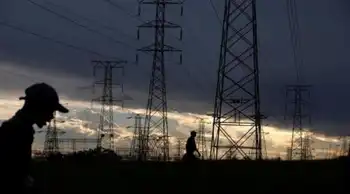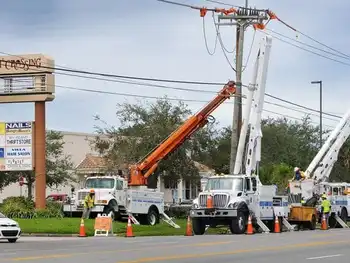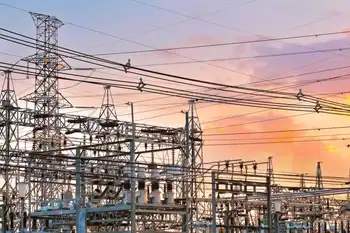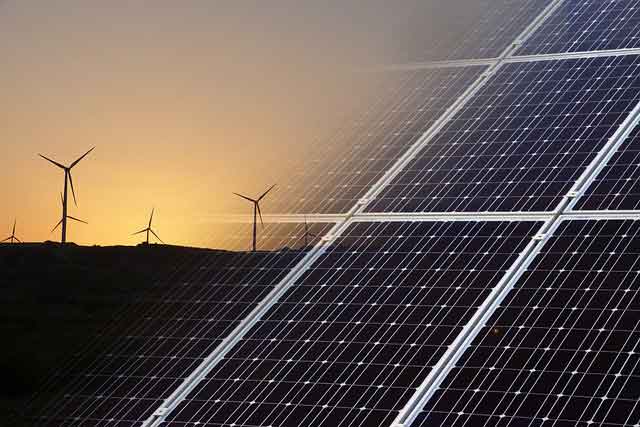AT&T plugs into power lines for high-speed Net
By CNET News.com
Protective Relay Training - Basic
Our customized live online or in‑person group training can be delivered to your staff at your location.
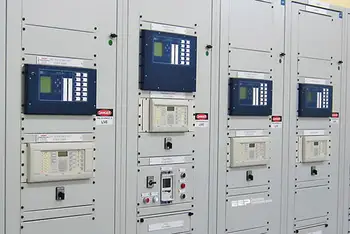
- Live Online
- 12 hours Instructor-led
- Group Training Available
As part of the test, the two companies tapped about 100 residents in Menlo Park, Calif., where the power grid is used to feed 13 megabits per second of Internet access to Wi-Fi repeaters on street lampposts. Homes then receive up to 3mbps of wireless Net access. Participants were given Wi-Fi phones from Cisco Systems so that they can make phone calls over the broadband connection.
AT&T won't consider anything more than a trial of the technology until at least 2005, when chipmakers say they'll deliver the silicon upgrades needed for an even faster connection through the power grid. That will result in a much faster experience inside homes, said Irwin Gerszberg, AT&T director of local network technology.
"For a trial, 3 megs is no problem, but it's not going to hold when the networks get crowded conditions," he said.
Because electricity travels at a lower frequency than Internet signals, the two can coexist on the same line without interference. Power lines are also an attractive broadband delivery system, because they are already in place and reach more homes than either cable systems or telephone lines.
Federal Communications Commission Chairman Michael Powell attended a demonstration of the technology. He has said broadband over power line (BPL) technology makes it "theoretically possible to reach every power outlet in America with a broadband connection." The FCC is under pressure to substantially increase the number of U.S. homes that have broadband, which now stands at about 29.2 million.
AT&T and other local phone companies support the technology, because it doesn't rely on the local phone networks owned by regional Bell operating companies BellSouth, Verizon Communications, Qwest Communications International and SBC Communications.
Phone competition rules that set cheap rates elapsed last month, so the Bells are expected to charge more for access. Accordingly, alternative "last mile" connections into homes, such as BPL or wireless broadband, are getting more attention, AT&T executives said.
But BPL still has problems. The technology can be unreliable, and it's still very expensive. These two drawbacks have tempered its use.
Current Communications Group and Cinergy Broadband, a subsidiary of a Midwestern utility with the same name, in March teamed up for one of the largest commercial rollouts of BPL. However, there are about two dozen ongoing trials of the technology throughout the United States, AT&T said.





